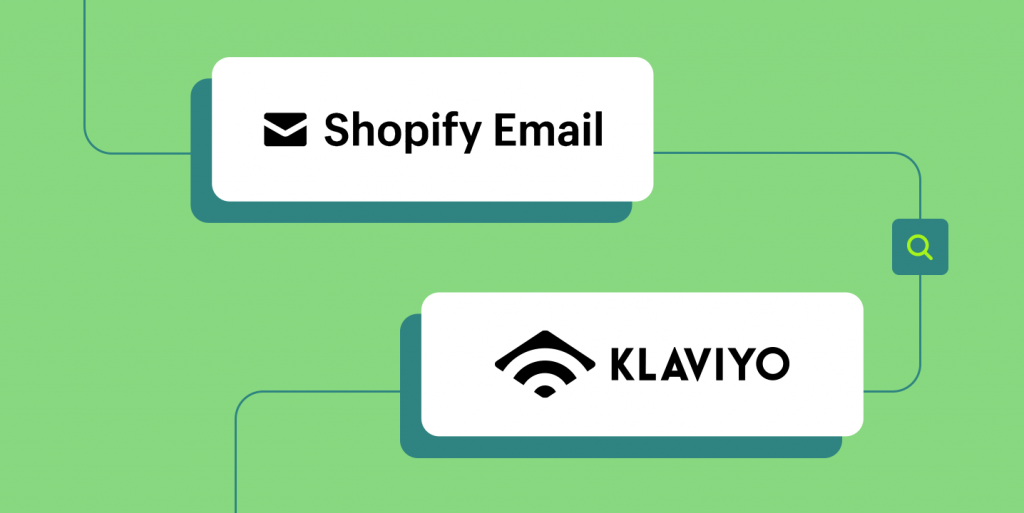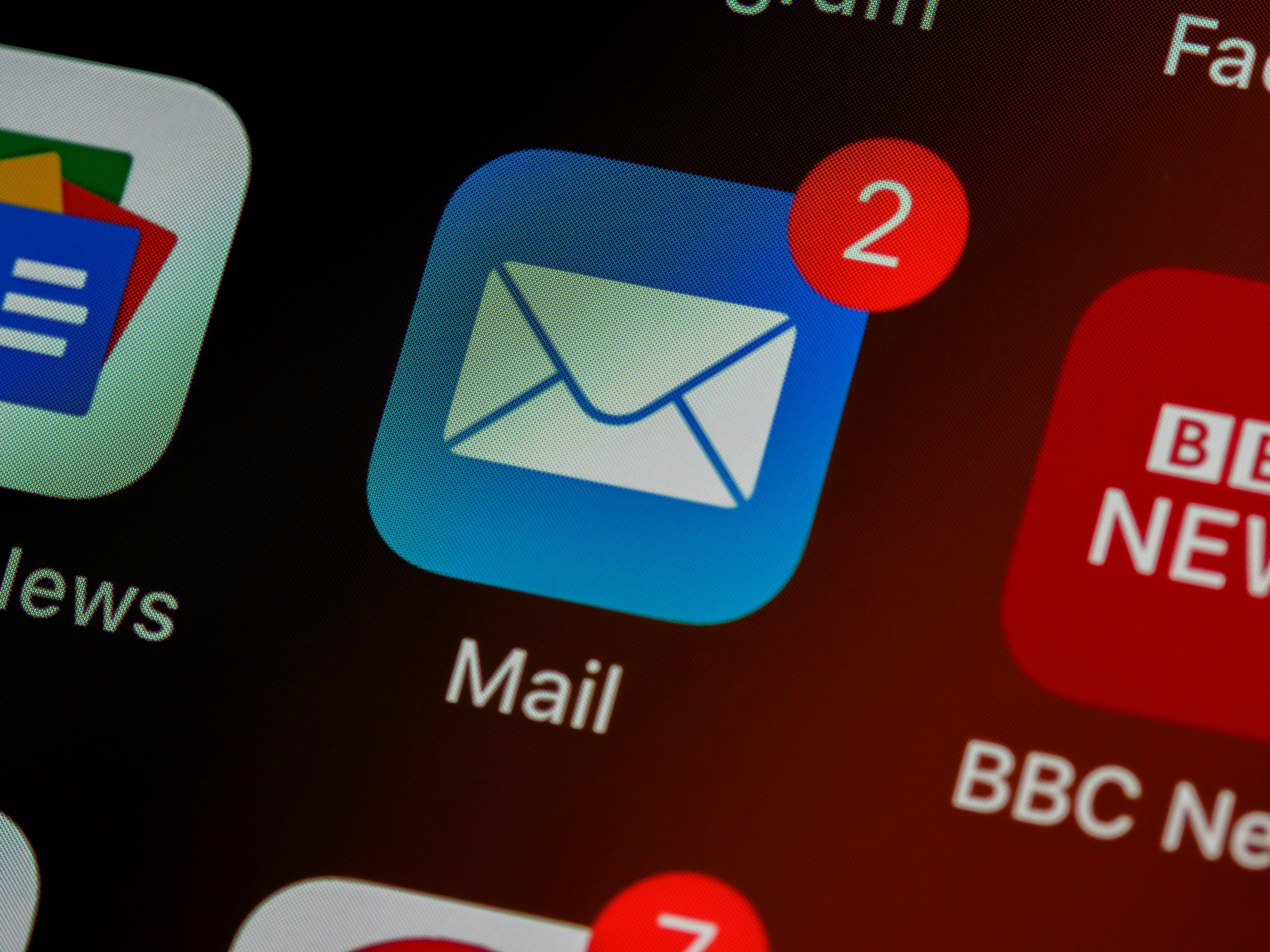Every few months a new marketing trend pops up. Maybe it’s TikTok ads, maybe it’s a viral product demo, maybe it’s something that promises overnight sales. Those things come and go. What sticks around, and what keeps making money year after year, is email.
If you’re running a Shopify store and you don’t have some kind of email strategy, you’re leaving money on the table. It’s not just about blasting discount codes. Think of email as the digital version of a loyal customer stopping by your shop again and again. You can introduce them to new products, remind them why they liked you in the first place, and keep the relationship going long after the first sale.
Why Email Still Pulls Its Weight
One reason email works is because it goes straight to the person. There’s no algorithm standing in the way, no hoping that a boosted post gets enough reach. You send it, and it shows up in their inbox. Simple.
It’s also flexible. A customer who bought last week shouldn’t get the same message as someone who hasn’t clicked “checkout” in six months. With email, you can change the tone, the timing, and even the products you highlight. Add in automation, and you’ve got a channel that runs in the background while you focus on everything else.
The Flows That Matter Most
You don’t need twenty different campaigns running at once. Start with the basics. A welcome email makes a strong first impression and points new subscribers toward your bestsellers. Cart recovery emails are crucial because almost seven out of ten carts never make it to checkout. Even a simple reminder can recover a sale.
Then there’s the post-purchase note. A quick thank-you, maybe a few tips on using the product, or a recommendation for something related. It shows you care and nudges people back to the store. Over time, you can layer in win-back campaigns for shoppers who went quiet. These four flows—welcome, cart, follow-up, and win-back—cover most of the customer journey without overcomplicating things.

Why Klaviyo Fits Shopify
Now, let’s talk tools. A lot of platforms say they “do” email. Mailchimp, Omnisend, ActiveCampaign—they all have their place. But Klaviyo has become the go-to for Shopify stores, and for good reason.
The Shopify plugin is free and installs quickly. Once it’s connected, your customer and order data syncs automatically. No messy exports, no extra plugins just to see who bought what. With that data, you can personalize emails far beyond “Hey [First Name].” Someone who bought a winter jacket might get suggestions for boots, while someone browsing workout gear gets a completely different set of recommendations.
The other big plus: Klaviyo tracks revenue tied directly to your campaigns. Open rates and clicks are nice, but knowing a specific flow pulled in $2,000 last month? That’s the metric that matters. And if you’re small and worried about costs, the free tier covers up to 250 contacts and 500 sends, which is enough to get going without risk.
Writing Emails People Actually Read
Tools aside, the writing itself makes or breaks your emails. If every message feels like it was written by a robot, subscribers will tune out fast. Keep the tone conversational. Write like you’re talking to someone who already likes your products. Some emails can sell, sure, but others should tell a story, highlight a customer, or teach something useful.
Don’t overdo the frequency. A handful of thoughtful emails beats a constant stream of promotions that get deleted on sight. And mix up the structure. A short, three-sentence reminder can perform just as well as a long newsletter. Play with subject lines, images, and timing until you see what sticks.
Final Thoughts
Email isn’t the loudest channel in ecommerce, but it’s steady. Ads stop the second you pause the budget. Social media can bury you overnight. An email list is different—you own it, and you can reach it whenever you want.
Start small. Put a welcome flow in place, set up cart recovery, and thank customers after they buy. Those alone can make a noticeable difference. When you’re ready to expand, win-back campaigns and seasonal pushes add another layer.
Klaviyo makes all of this easier. The Shopify plugin is free, the setup is quick, and the features grow with you. If you treat email as more than a place to dump coupons, it can become the most reliable revenue stream your store has.


Leave a Reply